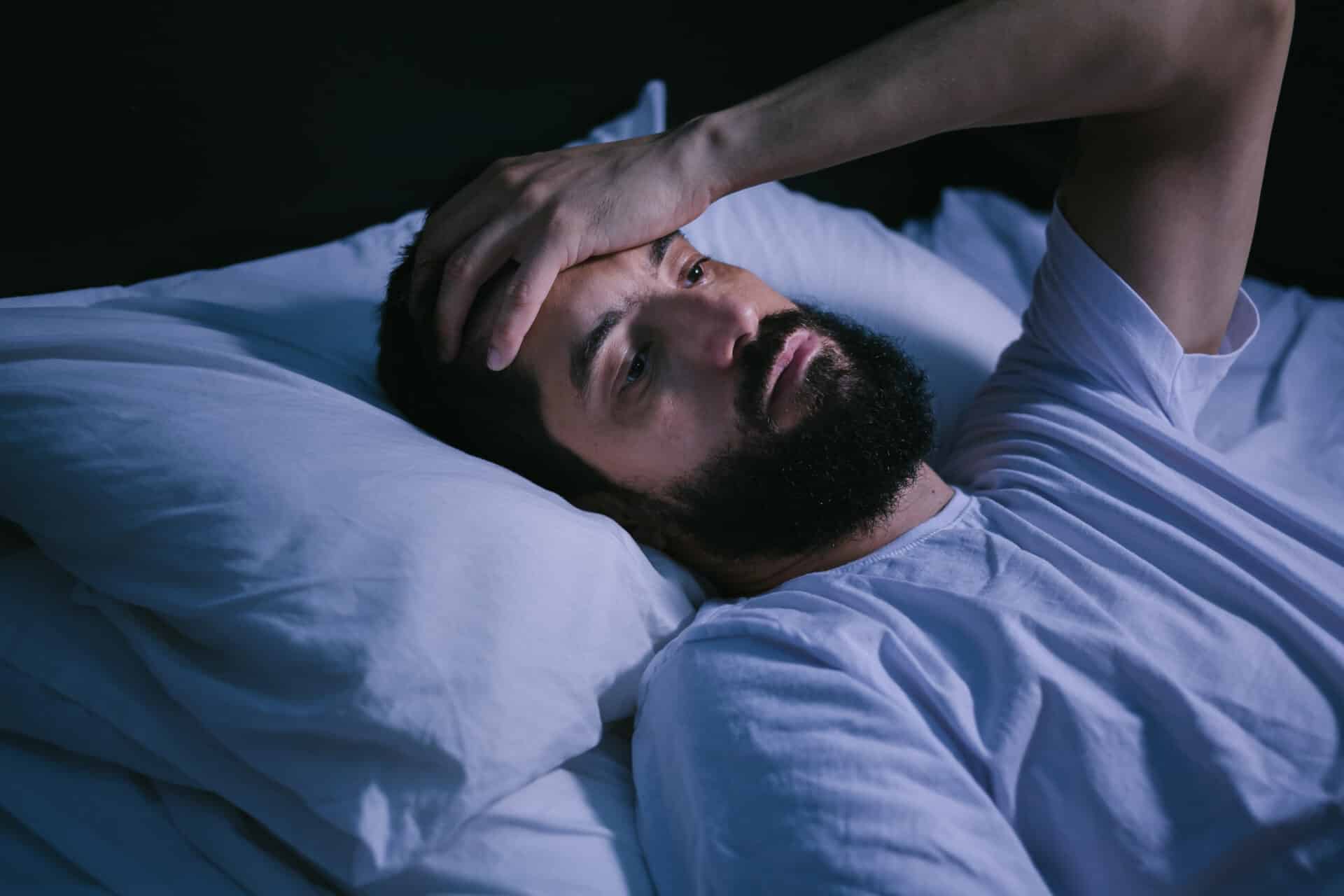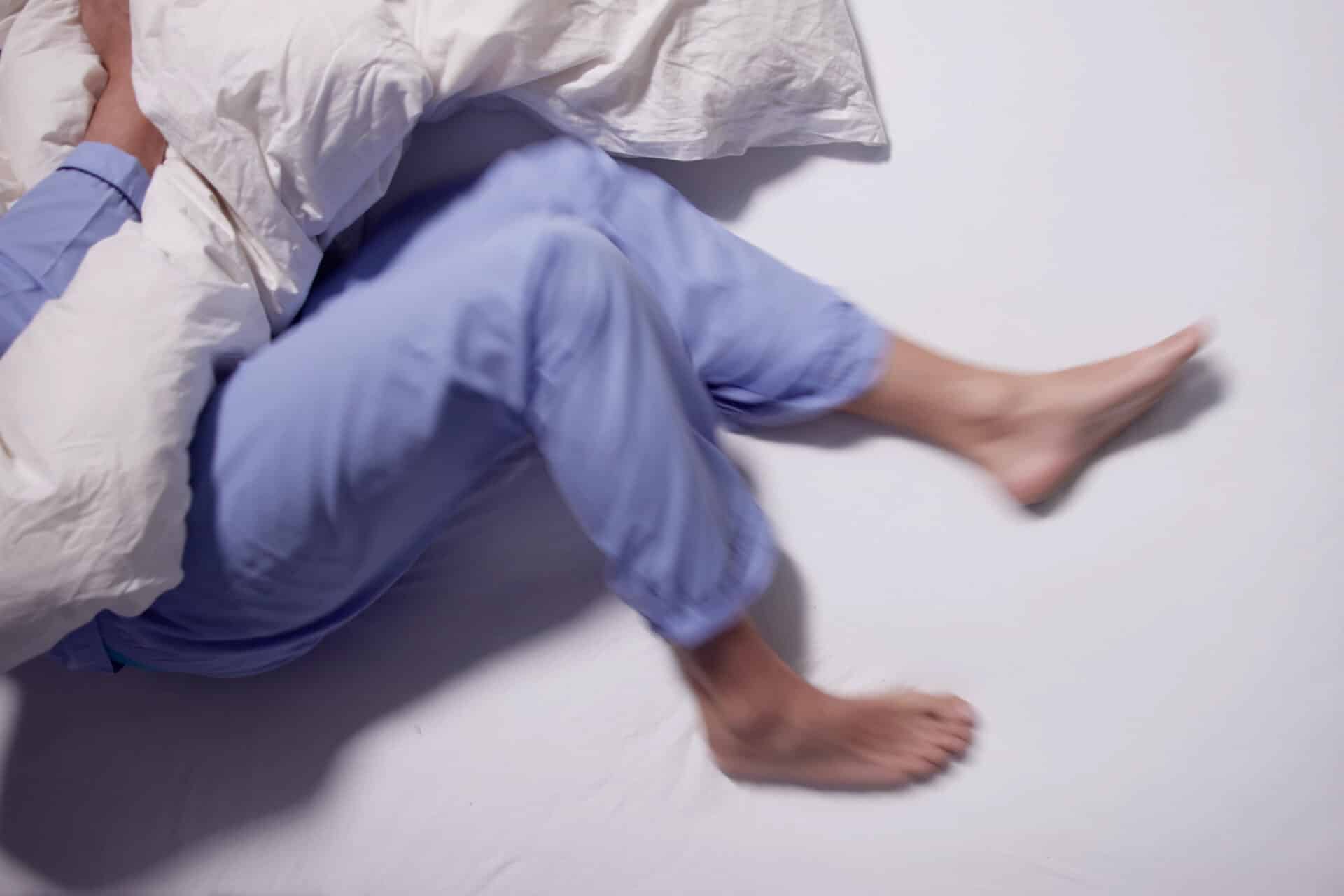The Starting Point for Managing Daytime Sleepiness

Multiple Sleep Latency Test
Narcolepsy and idiopathic hypersomnia are two similar conditions, both marked by excessive daytime sleepiness. While other symptoms may vary between the two conditions, they’re both diagnosed with a multiple sleep latency test (MSLT), sometimes called a daytime nap study.
If your referral source or a member of our team believes you may be suffering from narcolepsy or idiopathic hypersomnia (IH), you may be asked to undergo an MSLT at one of our offices.
What Is a Multiple Sleep Latency Test?
Your MSLT will start with an overnight sleep study (polysomnogram). You’ll spend the day after your sleep study at our clinic, taking a series of scheduled naps. Sensors will detect how long it takes you to fall asleep during each nap period. They will also measure how easily and how often you enter the deepest stage of sleep.
What Is a Multiple Sleep Latency Test Used to Diagnose?
Multiple sleep latency tests are used primarily to diagnose two conditions:
- Narcolepsy: A chronic neurological condition in which the brain is unable to control the sleep-wake cycle properly.
- Idiopathic hypersomnia: A chronic condition marked by excessive daytime sleepiness without a known specific neurologic cause cause.
The symptoms for both conditions are very similar, and an MSLT is the best way to differentiate between them. For patients with narcolepsy, the naps taken during an MSLT often include REM sleep. Idiopathic hypersomnia sufferers tend not to enter REM sleep during an MSLT.
What Can I Expect During an MSLT?
You will probably undergo an overnight sleep study the night before your MSLT.
For your MSLT, you’ll spend an entire day in our office. Aside from the times you’ll spend napping, you’ll be able to occupy yourself however you see fit – read, work, bring a hobby project, etc. – so long as you stay awake.
Sensors will be fitted to your head, face, and chin.
Roughly every two hours, you’ll be asked to lie down, and the lights will be turned off. All you have to do is lie quietly and try to sleep. You’ll be awakened 15 minutes after our sensors detect that you’ve fallen asleep. If you don’t fall asleep after 20 minutes, that nap trial will end, and there will be another trial in two hours.
Most MSLTs involve five nap periods across a day.
After Your Multiple Sleep Latency Test
Once you’ve completed your last nap trial, you’ll be free to go. We will also schedule an appointment for you to discuss your options and next steps.
Let Sleep Practitioners Help You Get Better, Restful Sleep.
Contact your primary care physician for a referral, or contact us for more information.










